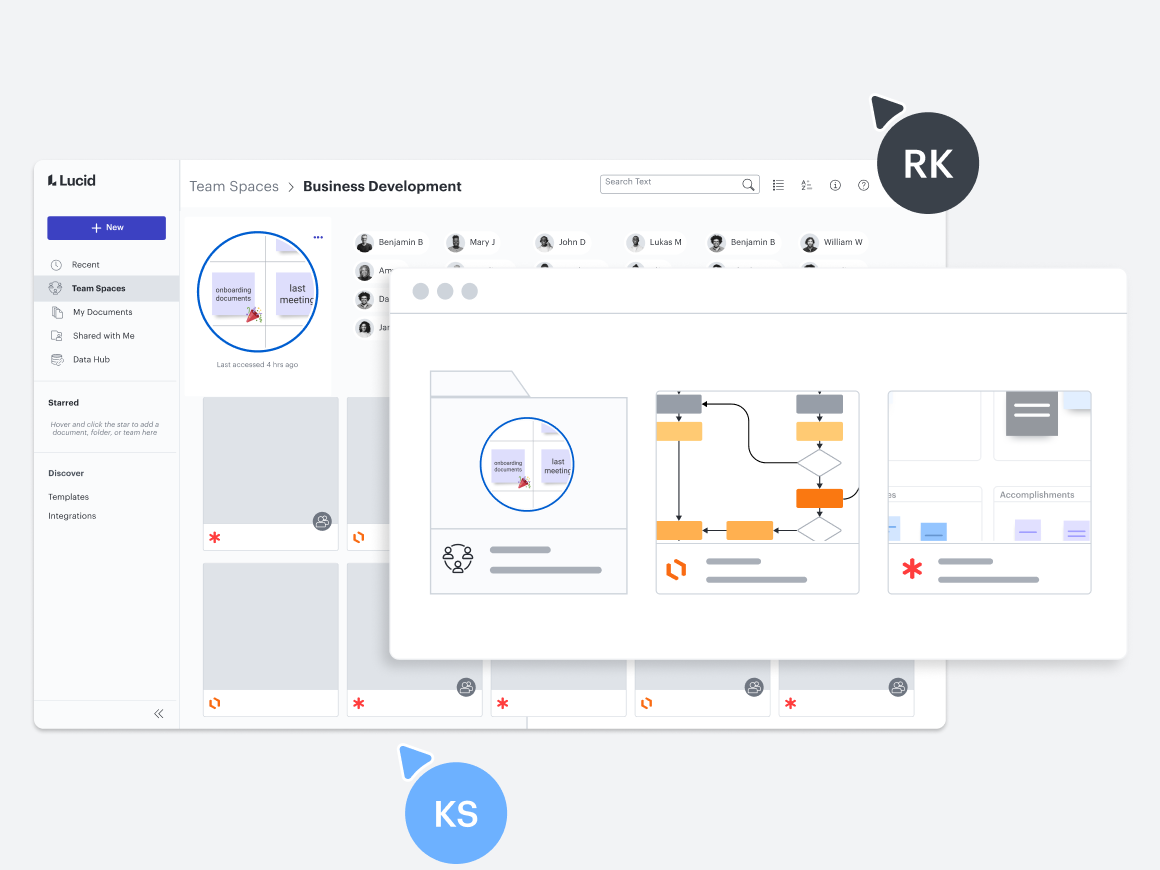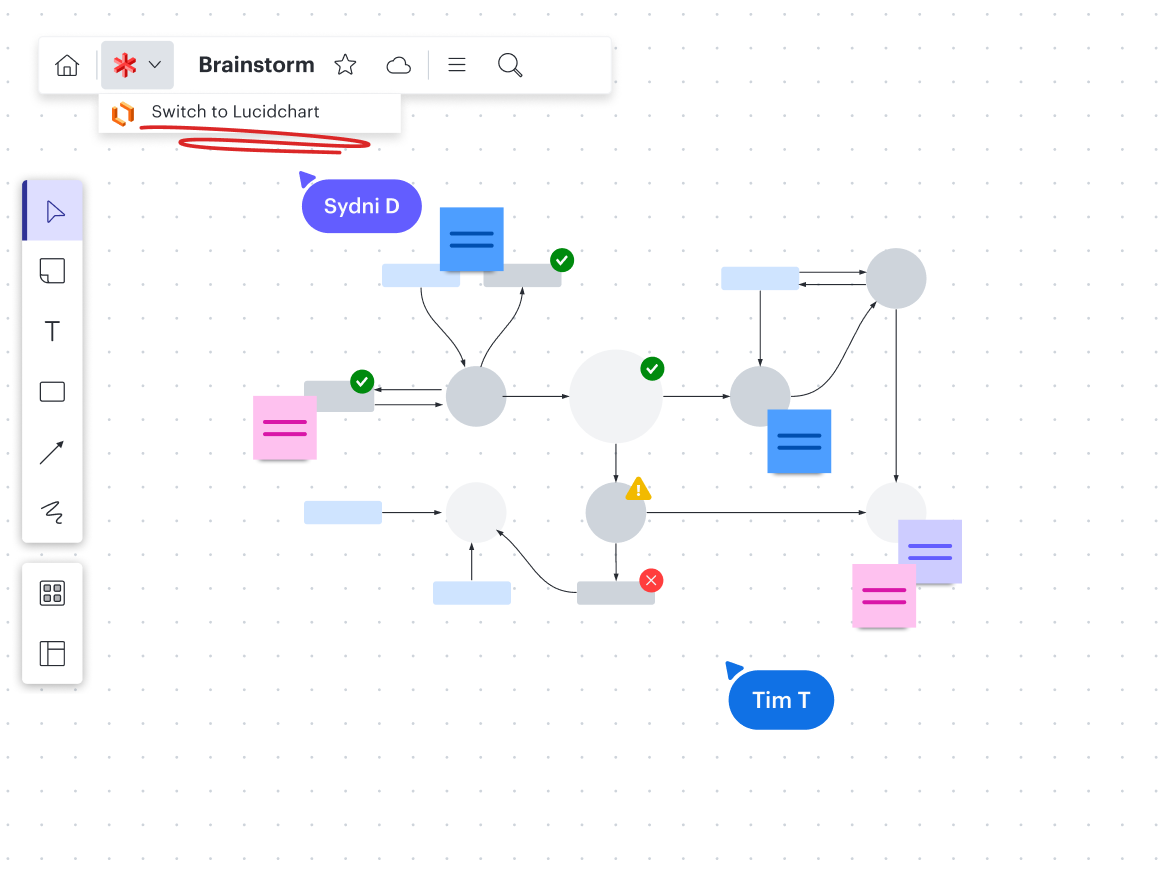More and more software solutions come out every day claiming to improve remote and hybrid work whether by making it more accessible or more efficient. Often times these tools only lead to more complexity.
The concept of “the best tool” doesn’t exist in a vacuum; what’s far more important to figure out is what mix of tools will drive collaboration efficiency and impact—not just activity—on your team.
Here are three non-negotiables for your collaboration tech stack:
1. Single sources of truth

Few things are more frustrating than looking for a critical piece of information and being unable to find it. Teams need to know which pieces of technology in their stack are reliable stores of knowledge for their team and business and which tools assist with other collaboration functions (like ideation productivity or evaluation).
2. Living documentation

Work is never linear and cross-functional collaboration is messy; teams often have to go back to the drawing board or bring new stakeholders in after a project has already started. Prioritize investing in tools that leave a record of discussion and decisions versus relying heavily on live ephemeral brainstorming.
Tools that leave a trail of documentation as you ideate plan and collaborate are valuable because they allow you to repurpose insights for future projects help educate teammates and even eliminate unnecessary meetings down the road.
3. Interconnected tools on a visual foundation

If the places where you plan riff and ideate are drastically separate from the places where you build write code and execute there’s a greater risk of your ideas getting lost in translation and the end product not living up to what you envisioned.
Too many disconnected tools make procurement and adoption more difficult and slow your team down due to constant switching back and forth between tools. A visual canvas that integrates your tools into one shared space creates a valuable “home base” for collaboration and reduces complexity.